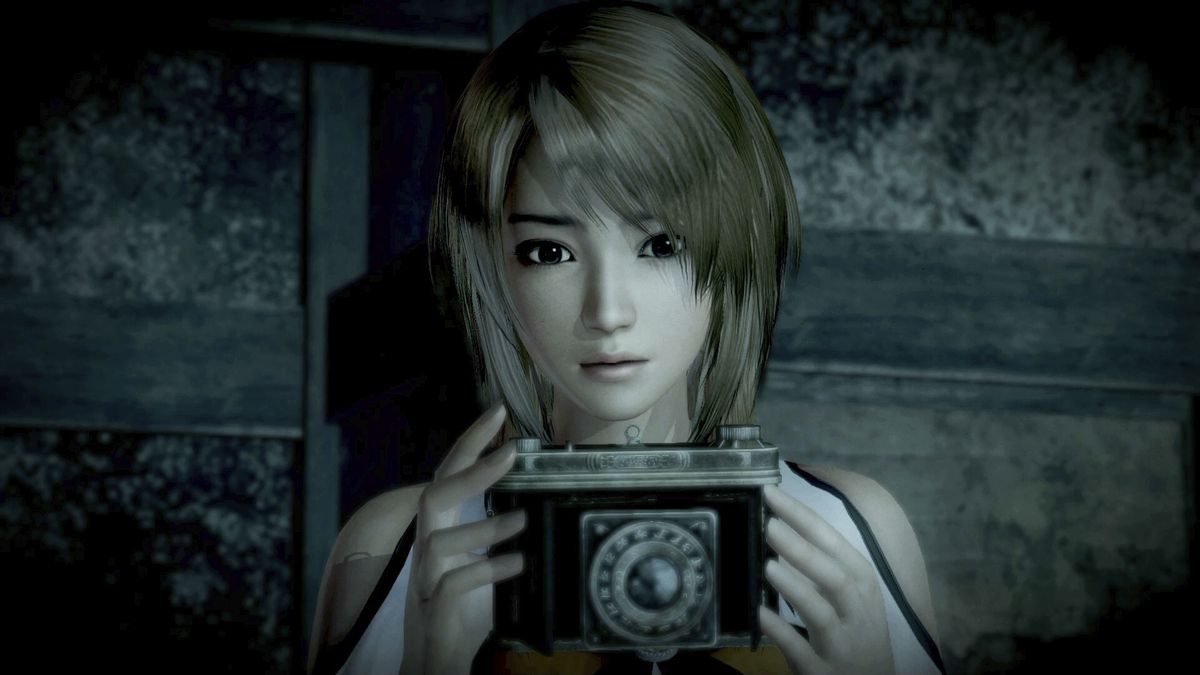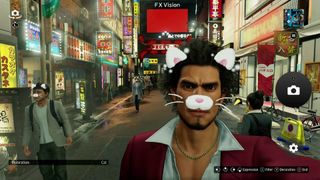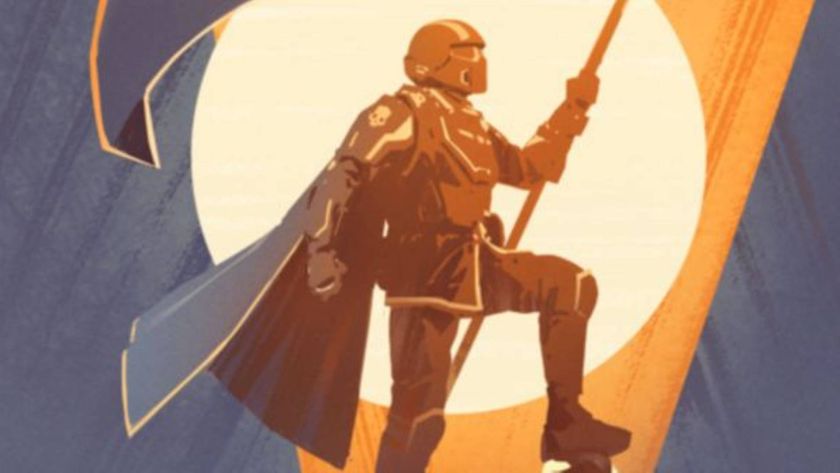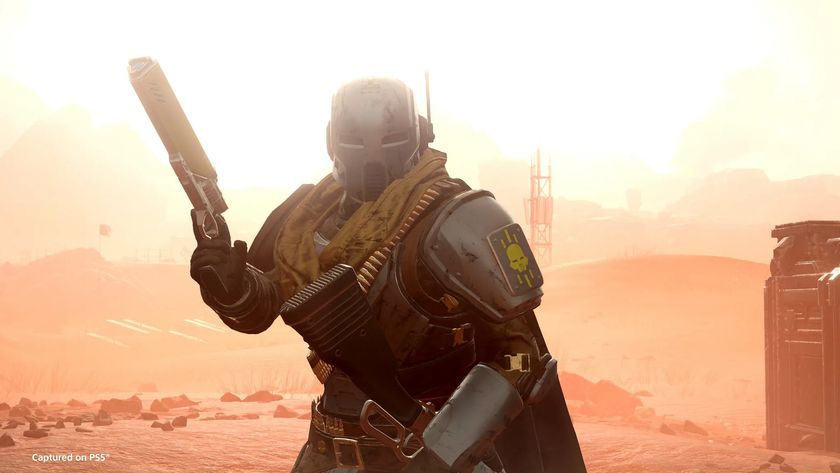Photo Modes in games are cool, but I wish they did a better job of mirroring the real thing
Opinion | Cameras are creative tools, and more games should more-closely emulate using them

Photography is a medium for self- expression. With a camera in every pocket, we rarely think about it as we snap everything from our friends to our food for the 'gram, but what we choose to remember with a photo is as much an expression of who we are as how we record those memories.
It's why photo mode is one of the best features to become commonplace in games in recent years. As games grow larger and more lifelike and we spend more time within them, either alone or with friends, the ability to capture a memory in an image gives us another way to immerse ourselves in these environments. The results of these highly customisable tools can be gorgeous, as you can see in [the likes of Play magazine] or from a brief search online.
During the pandemic, I jumped into the world of photography with a 1970s Polaroid and an even older 35mm film camera. It was gaming that inspired me to pick them up; I spent hours playing with photo modes in the likes of Spider-Man and The Last Of Us Part 2, and Max's artsy Polaroids in Life Is Strange were the tipping point that led me to scour eBay for the SX-70 I cherish today. It was an outlet to free myself from the isolation of Covid, and rediscover the surroundings I often took for granted. However, just as the experience changed my outlook on the world around me, it also affected my opinion of these modes.
Flash in the pan


This feature first appeared in PLAY magazine - Subscribe here to save on the cover price, get exclusive covers, and have it delivered to your door or device every month.
The tools they offer are more akin to editing an image in Photoshop than using a real camera. The more I take real photos, the more I appreciate games that recreate the tactile feeling of the real thing. Whereas photography in real life requires great consideration of your surroundings, games offer so many tools that you can even change the weather with a button press.
There are exceptions. The Yakuza series enables you to take selfies of Kiryu in a way that at least replicates the limitations of using your phone to take a picture. Similar diegetic modes place the camera within the world, something that benefits immersion and is far more fun. It's almost ironic that Fatal Frame: Maiden Of Black Water makes you look down the viewfinder of an old camera to take photos of ghosts, while having a photo mode that disregards your in-game camera entirely.
Placing limits on what a player can do may seem counterproductive, but it's these limits that make photography so rewarding. Firewatch gives you a camera to take photos of the forest wilderness from ground level, immersing you in the feeling of being there and doing that job. And, while not photo modes in the traditional sense, I love the stealth photography missions in Beyond Good And Evil and Sly Cooper that require you to move around the environment to line up your ideal shot.
In a world where your lens is a controller rather than a camera, maybe it's unrealistic to expect games to replicate the intricacies. Yet what we have now, while impressive, fails to capture the tactile nature of real-world photography. Limitations breed creativity, while making the experience of taking that snapshot far more memorable.
Sign up to the 12DOVE Newsletter
Weekly digests, tales from the communities you love, and more
This feature first appeared in PLAY magazine - Subscribe here to save on the cover price, get exclusive covers, and have it delivered to your door or device every month.
Alicia Haddick is a freelance writer based in Japan specializing in gaming, film and animation coverage on the industry and indie gaming scene in Japan. After graduating with a degree in Japanese, they moved to Japan to work within the country they center much of their reporting. They have particular experience with covering events in Japan such as Tokyo Film Festival, Bitsummit and Tokyo Game Show, and specialize in broaching the language gap between Japanese and English while reporting on the ever-exciting and constantly-changing world of entertainment in Japan.

Helldivers 2 CEO says industry layoffs have seen "very little accountability" from executives who "let go of one third of the company because you made stupid decisions"

"Games that get 19% user score do not generally recover": Helldivers 2 CEO reflects on Arrowhead's "summer of pain" and No Man's Sky-inspired redemption arc











